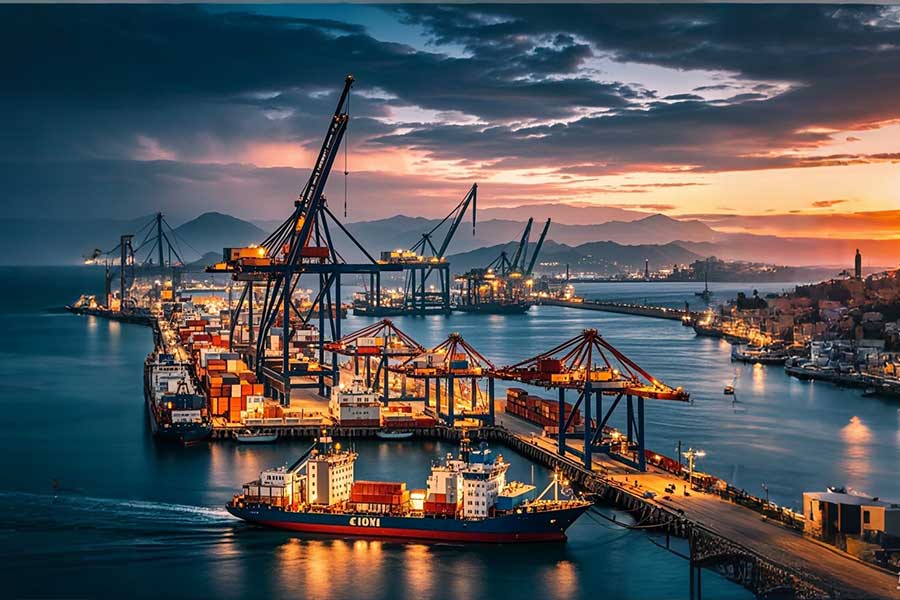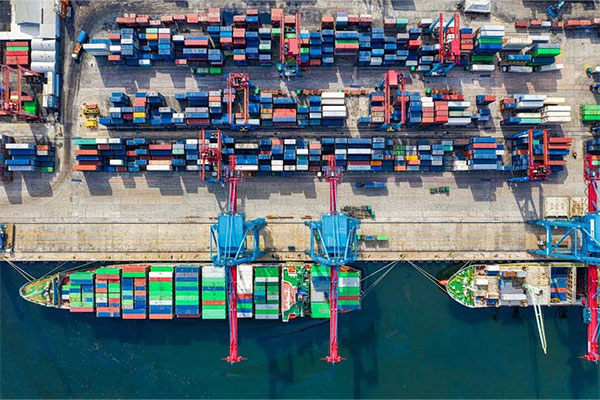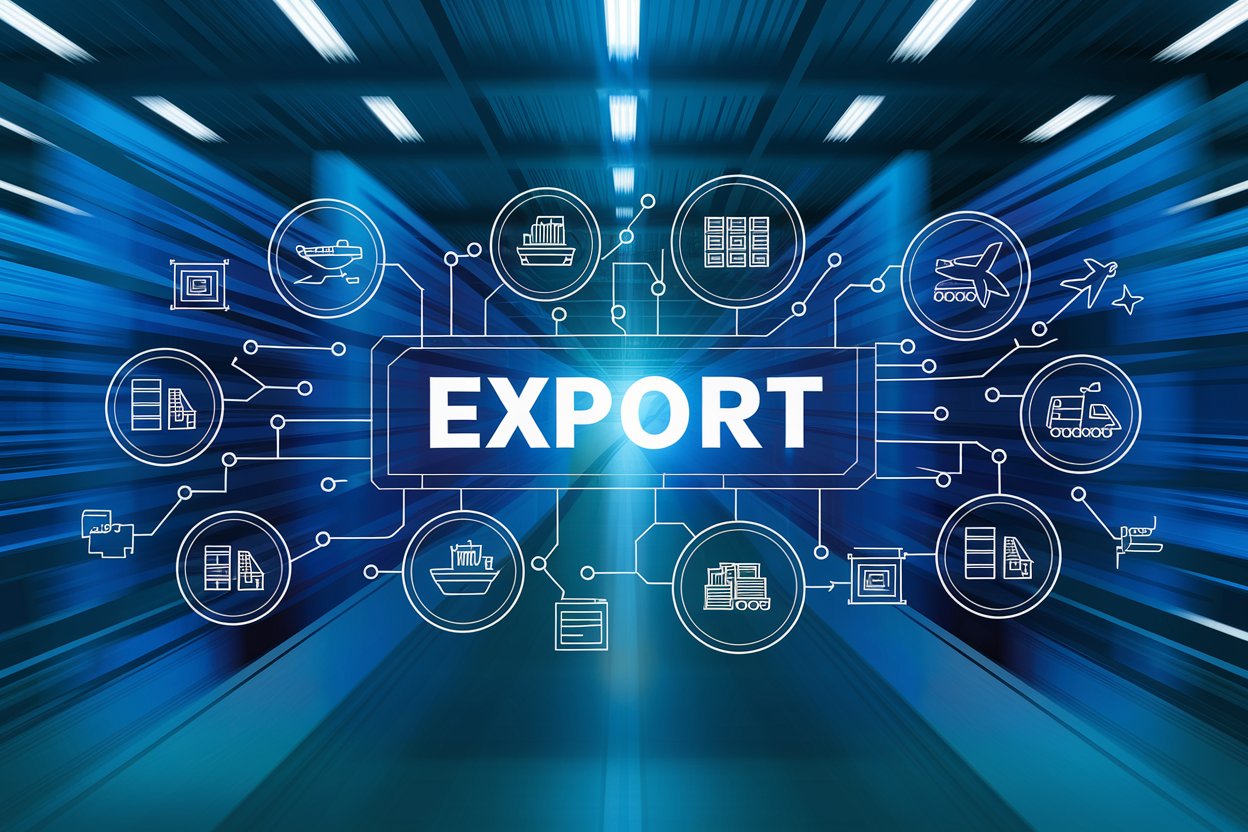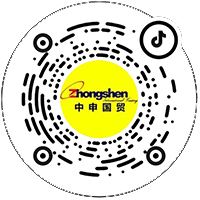- 20 Years of Expertise in Import & Export Solutions
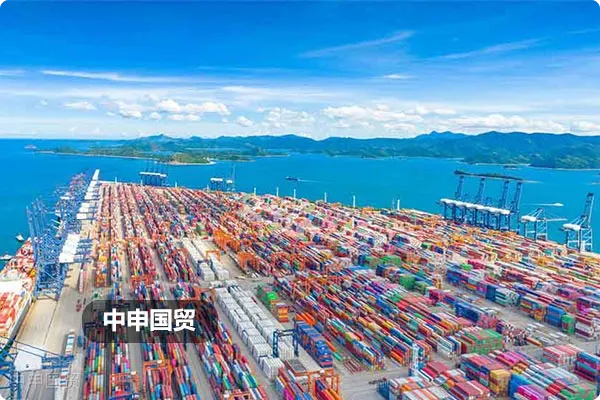
2025 Equipment Leasing?Import/export?New market trends
According to the latest statistics from the General Administration of Customs, the import and export volume of leased equipment in the first quarter of 2025 increased by 12% year-on-year, with construction machinery, medical equipment, and semiconductor manufacturing devices ranking as the top three categories in terms of growth rate. With the revised implementation of the 'Administrative Measures for VAT on Cross-Border Equipment Leasing', enterprises need to pay special attention to the following changes:
- The accuracy requirement for customs code classification has been raised to 98%
- The deposit calculation standard for temporary import and export equipment has been adjusted
- The filing deadline for lease contracts has been shortened to 3 business days
Standard Process for Agency of Leased Equipment Import & Export
Professional?Foreign trade?Agency services can help enterprises build a complete business loop:
- Pre - preparation Stage
- Equipment ownership verification and insurance configuration
- Compliance review of country-specific access standards
- Tariff pre-classification and dutiable value justification
- Customs Clearance Implementation Stage
- Application for temporary import/export licenses
- Operations in Customs special supervision zones
- Full coverage of cross-border transportation insurance
A Guide to Preventing Three Major Hidden Risks
Based on the analysis of typical customs audit cases in 2025, enterprises need to pay special attention to:
- Tariff inversion risk
A certain company failed to declare equipment upgrades and modifications in a timely manner, leading to back payment of taxes due to a discrepancy in dutiable value. It is recommended to adopt a dynamic declaration mechanism, submitting an updated filing within 72 hours of each change in the equipment's status.
- Risk of Equipment Detention
Failure to return temporary import/export equipment by the deadline will result in heavy fines. A professional agency can provide a dual-warning system, initiating an automatic reminder process 60 days before the lease expires.
- Risk of Ownership Disputes
It is recommended to clearly stipulate in the contract terms: the priority of mortgage rights during cross-border transfers, the allocation of liability for equipment loss, and special matters such as cross-border enforcement guarantee clauses.
Key Strategies for Tax Optimization
For different leasing models, the tax treatment varies:
- Financial leasing: Can apply for the policy of paying VAT in installments
- Operating Lease: Make reasonable use of bilateral tax treaties
- Cross-border Subleasing: Establish a Special Purpose Vehicle (SPV) in a transit location
A certainMedical DevicesBy constructing a 'Hong Kong SPV + Qianhai Bonded Warehouse' model, the comprehensive tax burden was reduced by 27%, and the equipment turnover rate increased by 40%.
Five Core Elements for Choosing a Professional Agent
- Customs AEO Advanced Certification qualification
- In-house customs clearance teams at major ports
- Industry-specific database system
- Practical cases of cross-border dispute resolution
- Dynamic compliance monitoring platform
Taking a construction machinery agent as an example, by accessing the agency's intelligent monitoring system, they successfully avoided 3 tariff classification disputes, saving over 8 million yuan in potential losses.
Industry Outlook and Response Suggestions
With the implementation of new customs regulations in 2025, it is recommended that enterprises focus on:
- Establishing a digital passport system for equipment
- Configuring emergency backup customs clearance plans
- Conducting regular customs affairs health checks
Professional foreign trade agency service providers are transitioning from single customs declaration services to full-chain risk management. Choosing a service provider with strategic cooperation value will be a key breakthrough for equipment leasing enterprises to enhance their cross-border operational capabilities.
Recommended for You
- 意大利紅酒進(jìn)口全攻略:專業(yè)代理讓生意更輕松
- A Complete Guide to Australian Red Wine Import Agency: Analysis of Documents, Logistics, and Compliance Practices
- Importing Chocolate: How to Smoothly Navigate Trade Barriers?
- How to Avoid Compliance Risks When Exporting Equipment via a Foreign Trade Agent?
- How to Build a High-Performance Equipment Export Team? These Three Dimensions Determine Success
Category Case
Contact Us
Email: service@sh-zhongshen.com
Recommended for You
Contact via WeChat

? 2025. All Rights Reserved.
